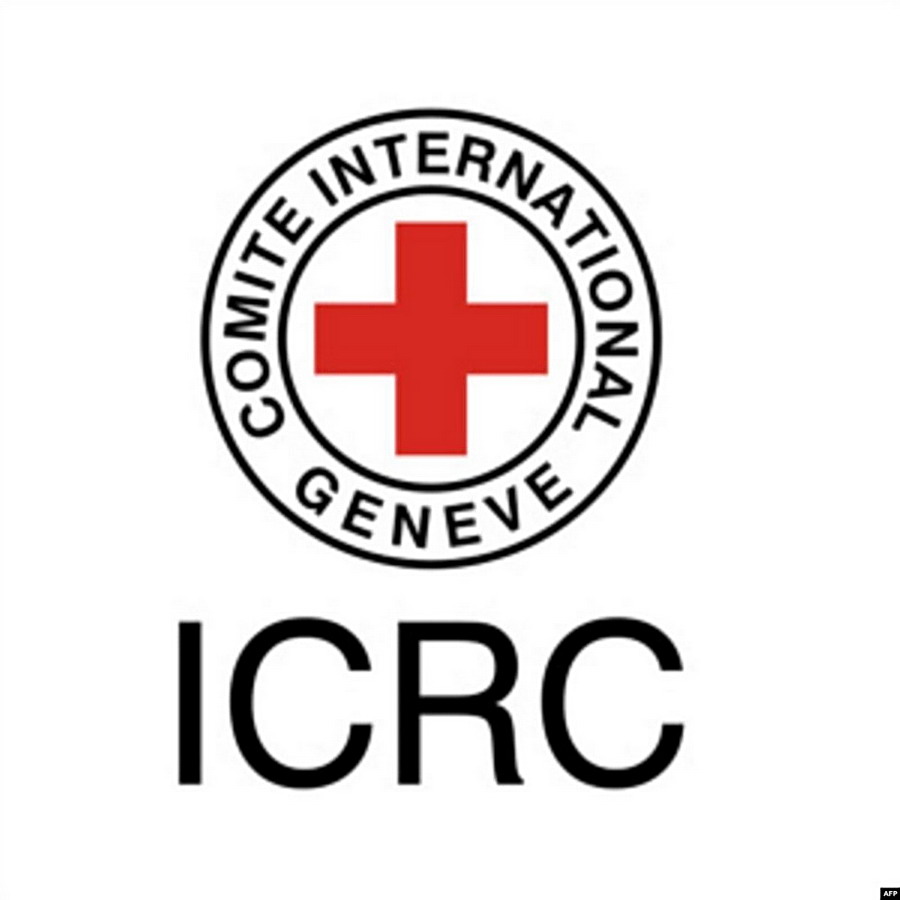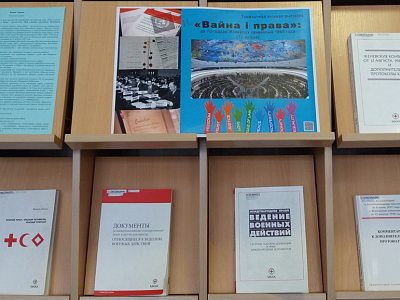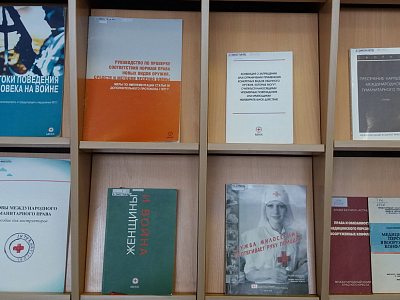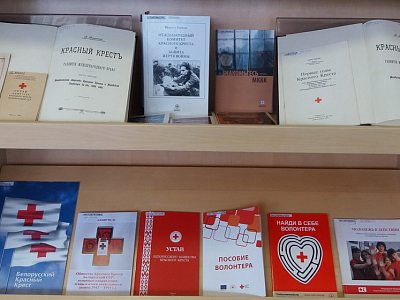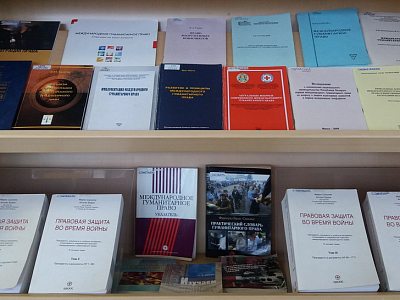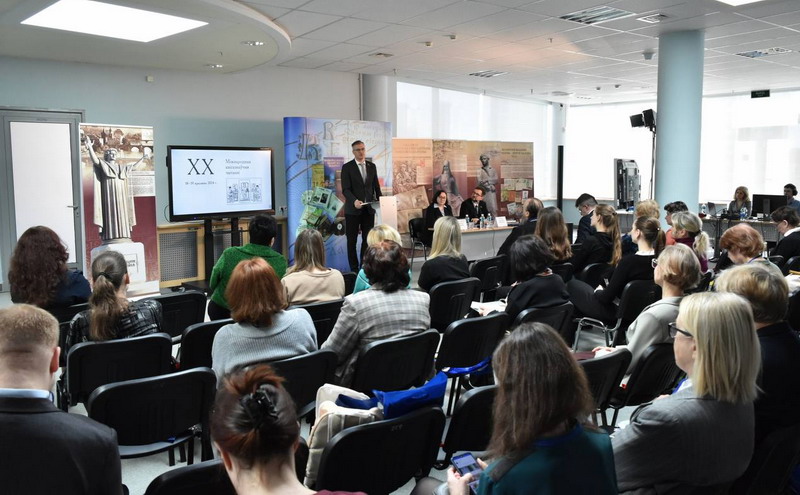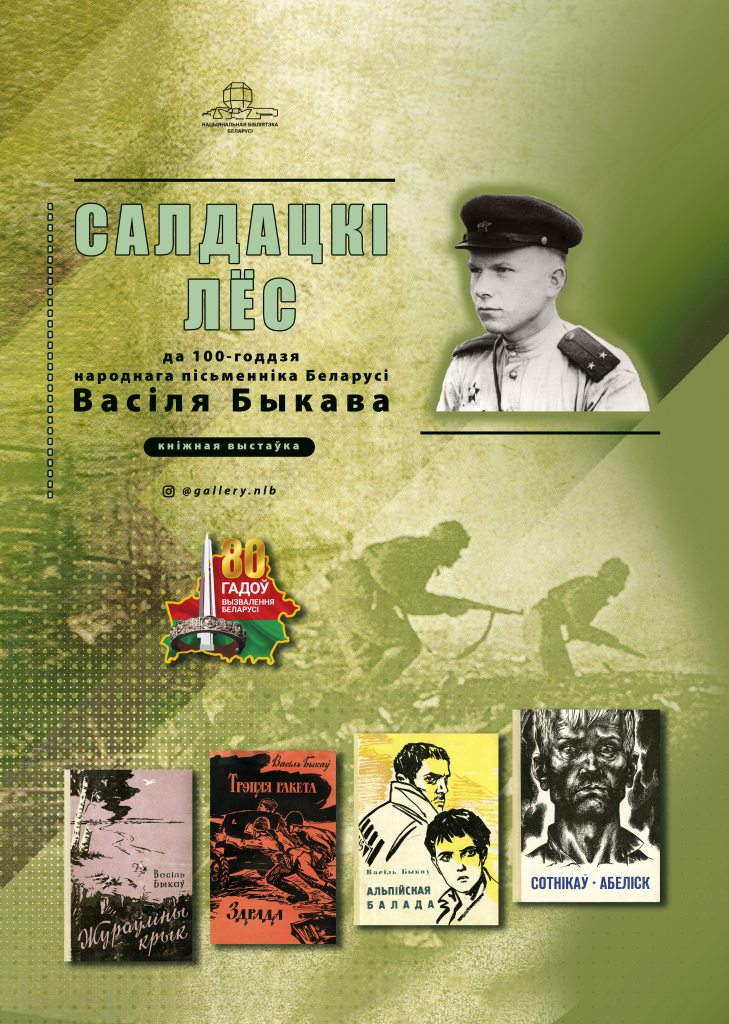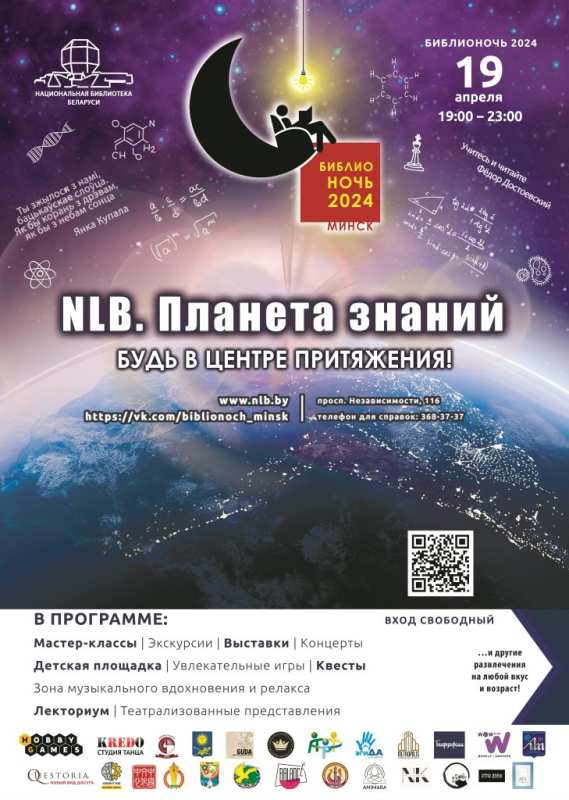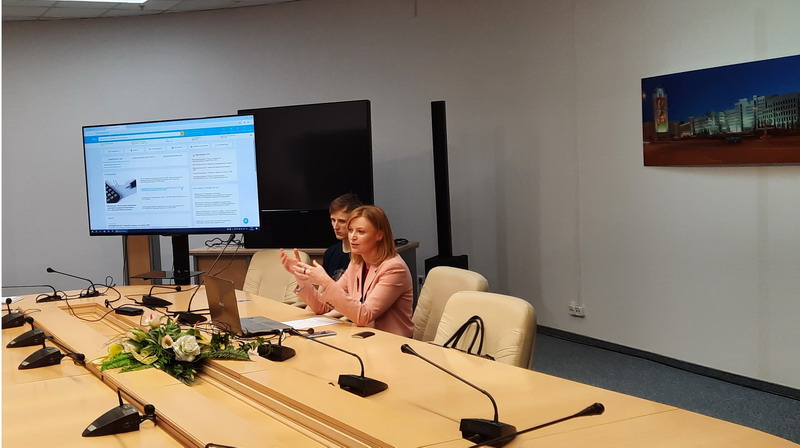From August 1 to September 11, the thematic book exhibition “War and Law”, dedicated to the 70th anniversary of the 1949 Geneva Conventions, is opened in the Documents of International Organizations room (207g).
The 1949 Geneva Conventions on the protection of victims of war are fundamental international treaties in the field of humanitarian international law, defining the rules for the protection of people in armed conflict - soldiers, wounded and prisoners of war, as well as civilians. These agreements are a development of international legal norms on the protection of victims of war, previously enshrined in the Hague Conventions of 1899 and 1907, and the Geneva Conventions of 1864, 1906 and 1929.
The Geneva Conventions were signed on August 12, 1949 at the UN Diplomatic Conference, held in Geneva from April 21 to August 12, 1949.
The need for their adoption was dictated by the tragedy and experience of the past World War II, during which there were a huge number of civilian casualties. The conventions have filled in gaps in international humanitarian law that this conflict has revealed.
The 1949 Geneva Conventions include four universal international treaties:
- Geneva Convention for the Amelioration of the Condition of the Wounded and Sick in Armed Forces in the Field;
- Geneva Convention for the Amelioration of the Condition of the Wounded, Sick and Shipwrecked Members of Armed Forces at Sea;
- Geneva Convention relative to the Treatment of Prisoners of War;
- Geneva Convention relative to the Protection of Civilian Persons in Time of War.
The conventions entered into force on October 21, 1950 and immediately received widespread support. Already during the 1950s. 74 states ratified them, in the 1960s - 48 states. Currently, all four Geneva Conventions have been ratified by 196 countries.
On 8 June 1977, two Additional Protocols were adopted under the auspices of the International Committee of the Red Cross to the Geneva Conventions: Protocol I, on the protection of victims of international armed conflicts, and Protocol II, on the protection of victims of non-international armed conflicts.
In 2005 there was adopted Additional Protocol III on the introduction of an additional distinctive emblem in the form of the Red Cross and Red Crescent.
Today the Geneva Conventions and their Additional Protocols remain the core of modern international humanitarian law. They contain basic standards for the protection of persons who do not take or have ceased to take a direct part in hostilities. These persons include the wounded and sick, shipwrecked, prisoners of war and civilians, including those living in the occupied territories. At the core of the Geneva Conventions is the notion of respect for the life and dignity of each individual. They enshrined the basic principle of modern international law: wars are fought against the armed forces of the enemy; military actions against the civilian population, the sick, the wounded, prisoners of war, etc. are prohibited.
Over the past 70 years the Geneva Conventions have achieved tremendous success. Thanks to them, the lives of a huge number of people were saved, thousands of separated family members were reunited and assisted millions of prisoners of war.
At the exhibition there are more than 70 documents in Russian and English: books, brochures, periodicals, booklets.
The exhibition includes the following thematic sections:
- International humanitarian law;
- International Committee of the Red Cross and the protection of victims of war;
- Geneva Conventions and Additional Protocols.
The exhibition will be useful to specialists in the field of international humanitarian law, public health, medical workers, students and teachers of legal specialties, cadets of military academies, and all those interested in the development of international humanitarian law and the activities of the International Committee of the Red Cross.
Useful Links:
Protection of Civilians in Armed ConflictInternational Committee of the Red Cross
Red Cross and Red Crescent Movement
Red Cross in Belarus
International Review of the Red Cross
Documents:
The Geneva Conventions and their Additional Protocols
The opening hours of the exhibition corresponds to the library’s opening hours.
Entrance to the exhibition is available by the library ticket or ticket of the library's social and cultural center.
For more info: (+375 17) 293 27 28.
Official Documents Department

